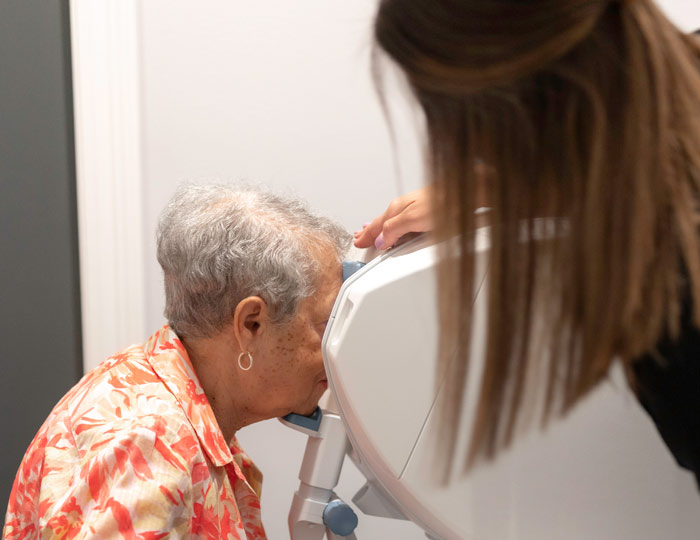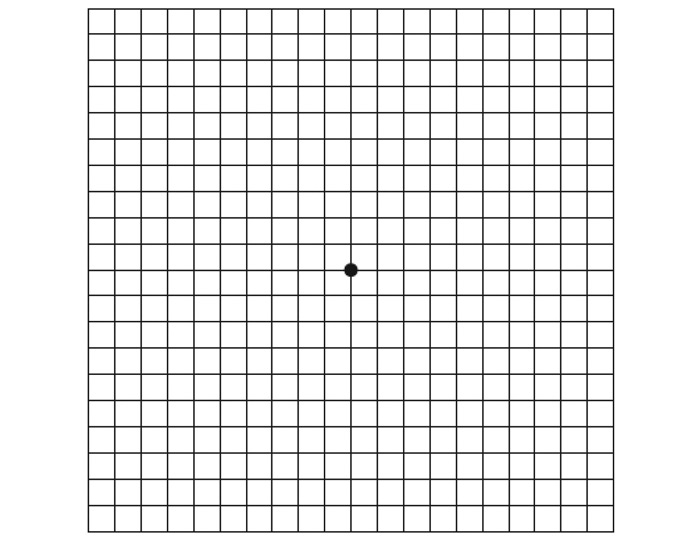Visual Field Testing
Visual Field Testing, Gonzales, LA
The visual field is the entire area you can see when your eyes are focusing on one central point. If you’ve been to an eye doctor, chances are you’ve had a visual field test. Visual field testing is a diagnostic tool used by eye doctors to measure a patient’s peripheral vision. This test helps doctors detect any blind spots or areas of decreased vision.
Visual field testing is an important part of regular eye care, especially for individuals who are at high risk of eye diseases and other issues. This type of test can help detect issues such as glaucoma, brain tumors, optic nerve damage, and stroke. Early detection of these conditions can lead to treatment that may prevent further vision loss or other complications. Additionally, this type of test may reveal hidden issues before the patient notices any symptoms.
Types of visual field testing
There are several types of visual field tests. Tests will vary based on the individual’s eye health and vision.
Confrontation visual field test
During a confrontation visual field test, you will cover one eye and look at an object directly in front of you. Your doctor will then hold up an object or different numbers of fingers off to each side. As you continue to look straight ahead, your doctor will ask how many fingers you see or if you see the object as the test is evaluating your periphery or side vision.
Automated static perimetry test
Using a computer program, this test creates a detailed map of where you can see and can’t see. It is useful for diagnosing specific ocular conditions or monitoring the progression of eye diseases over time.
During the test, you will sit in front of a bowl-shaped device called a perimeter. You will look straight ahead and press a button whenever you see a light flashing in different areas of the bowl. Each eye will be tested separately. The instrument will then provide your doctor with a map of your visual field so they can assess any areas of vision loss.
Kinetic visual field test
This visual field test is similar to the automated static perimetry test, except it uses moving light targets instead of flashing lights.
Frequency doubling perimetry
The frequency doubling perimetry test uses an optical illusion to detect vision loss. During the test, black and white lines will flicker at varying rates on a perimeter screen. If you can’t see the lines clearly during the test, you may have vision loss.
Electroretinography
Electroretinography measures the electrical responses of light-sensitive cells in your eyes. During this test, your doctor will dilate your eyes and give you anesthetic drops to prevent discomfort. They will then use a speculum to hold open your eyelids and place a tiny electrode on the cornea (the front surface of the eye). Flashing lights will then appear in the perimeter, and the electrode will record your eye’s response to the lights.
Amsler grid
The Amsler grid test helps detect changes in the central vision, including early signs of macular degeneration. The test uses a grid of horizontal and vertical lines to discover areas of vision loss. Your doctor will ask you to look at a dot in the center of the grid and describe any areas that may appear wavy, blurry, or blank.
If you’re concerned about vision loss, call our office today to schedule a comprehensive eye exam in Gonzales.



